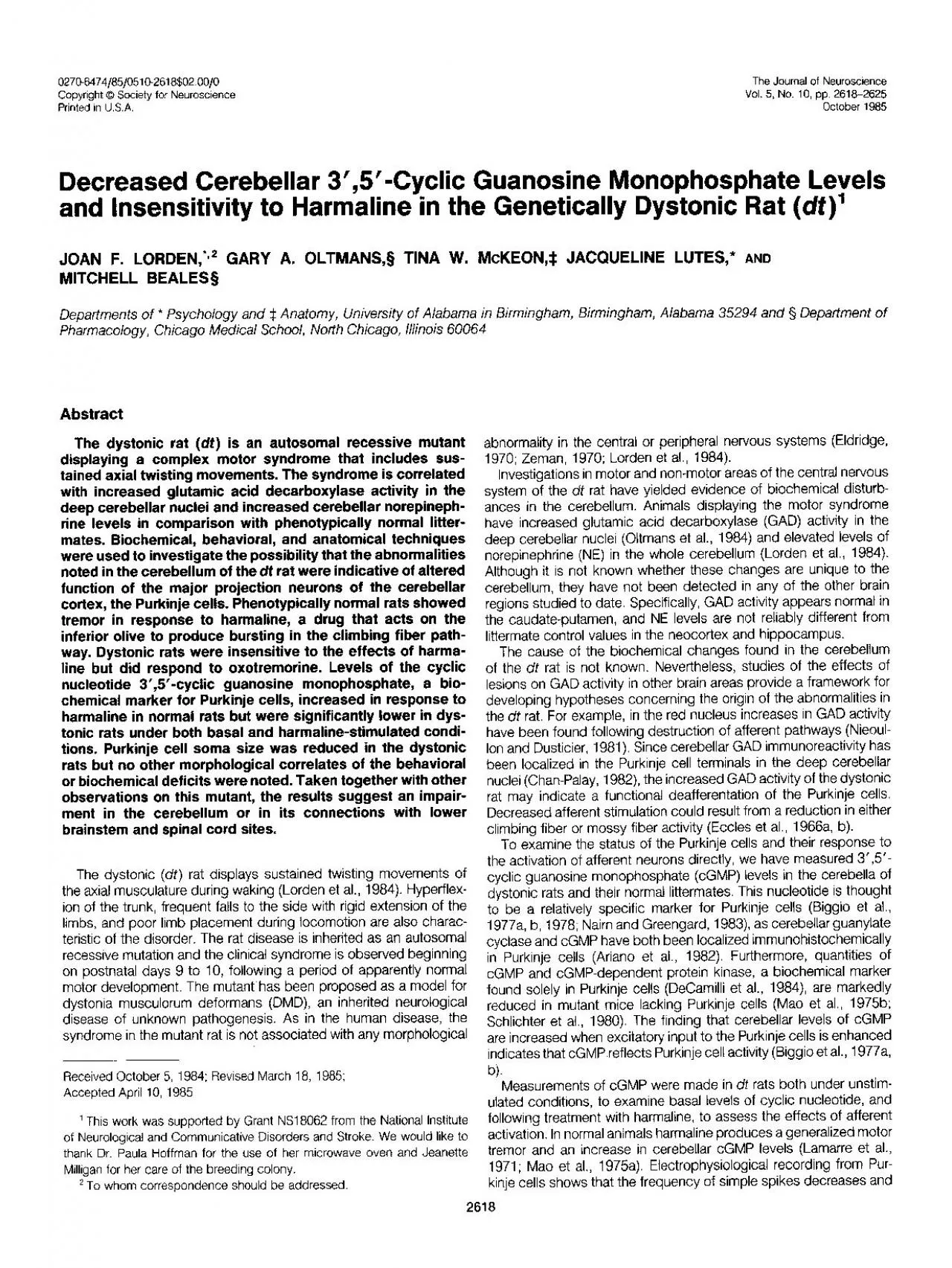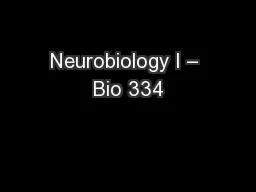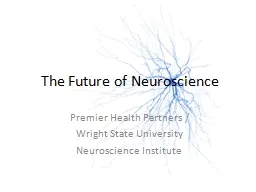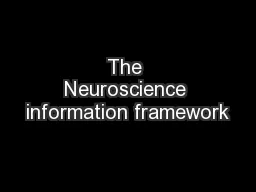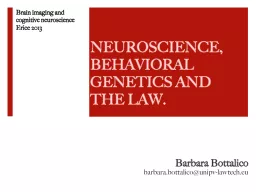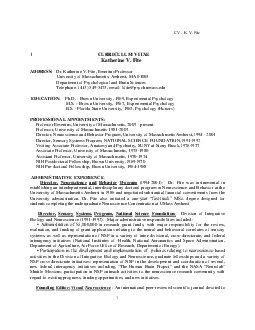PDF-0270647465051026160200O The Journal of Neuroscience Copyright 0
Author : margaret | Published Date : 2022-09-07
Decreased Cerebellar 31465146Cyclic Guanosine Monophosphate Levels and Insensitivity to Harmaline in the Genetically Dystonic Rat dt146 JOAN F LORDEN GARY A OLTMANS
Presentation Embed Code
Download Presentation
Download Presentation The PPT/PDF document "0270647465051026160200O The Journal of N..." is the property of its rightful owner. Permission is granted to download and print the materials on this website for personal, non-commercial use only, and to display it on your personal computer provided you do not modify the materials and that you retain all copyright notices contained in the materials. By downloading content from our website, you accept the terms of this agreement.
0270647465051026160200O The Journal of Neuroscience Copyright 0: Transcript
Download Rules Of Document
"0270647465051026160200O The Journal of Neuroscience Copyright 0"The content belongs to its owner. You may download and print it for personal use, without modification, and keep all copyright notices. By downloading, you agree to these terms.
Related Documents

